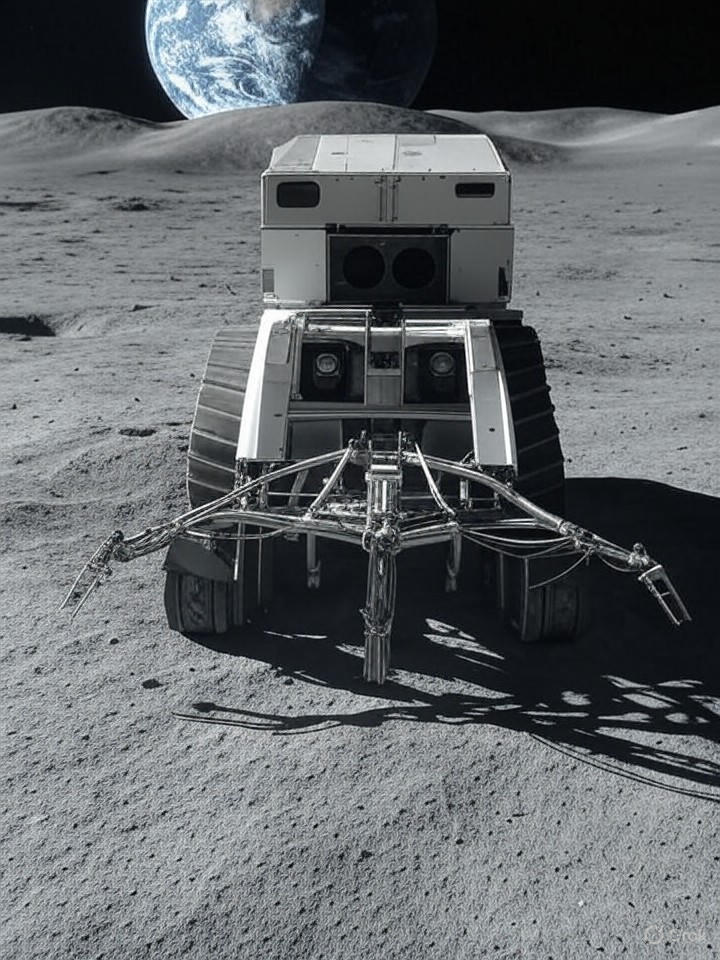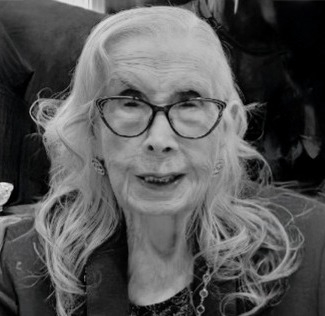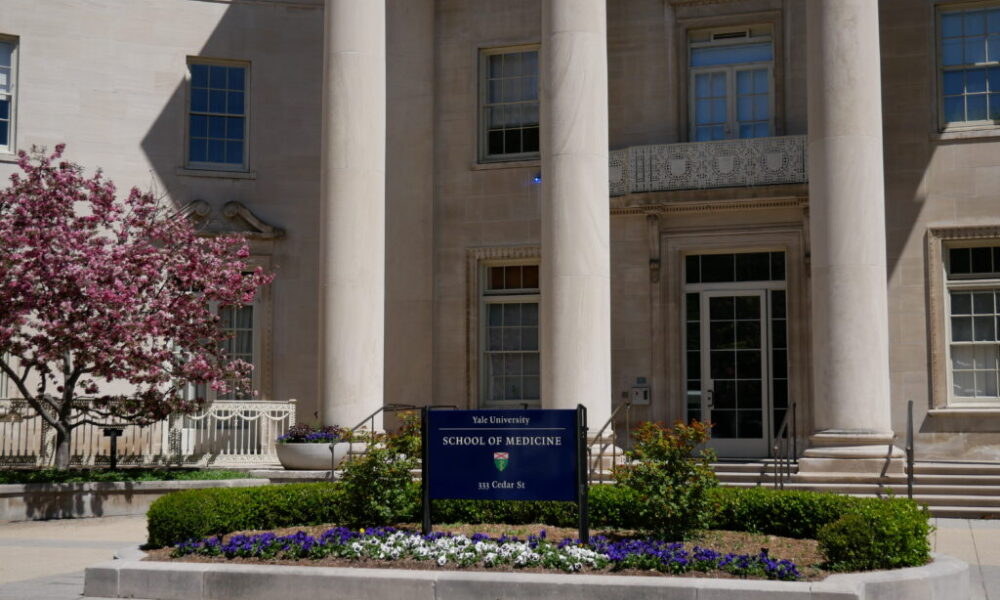In a significant advancement in image processing, Professor Marko Huhtanen from the University of Oulu has introduced a new image compression method that combines multiple established techniques for enhanced efficiency and flexibility. This research, published in IEEE Signal Processing Letters, addresses long-standing challenges in digital image storage and transmission.
Rethinking Image Compression Techniques
Image compression plays a crucial role in how digital photographs are stored and shared. The widely used JPEG format often discards a substantial portion of image data—typically retaining only 10% to 25% of the original information captured. The extent of this loss can vary in significance depending on the viewer’s perspective. As Professor Huhtanen states, “We don’t see a perfect image because the amount of information is infinite. So we must compress and retain only the essential, sufficient data. This is done mathematically in a way that must also be algorithmically fast.”
Huhtanen’s approach innovatively operates images horizontally and vertically, employing diagonal matrices to build an image approximation layer by layer. The method draws parallels to Berlekamp’s switching game, offering a continuous form of image processing. This contrasts sharply with the traditional JPEG algorithm, developed nearly half a century ago by Nazir Ahmed, which utilized the discrete cosine transform (DCT).
Combining Approaches for Better Outcomes
Professor Huhtanen emphasizes the importance of maximizing data retention without compromising perceived image quality. Current JPEG technology divides images into 64 segments, each compressed independently using DCT. While effective, the algorithm is relatively straightforward and has its limitations. Ahmed’s initial concept of using Principal Component Analysis (PCA) was deemed too complex for practical use at the time, resulting in the adoption of DCT instead.
In Huhtanen’s research, he successfully merges the rigidities of DCT and PCA, allowing for a more flexible algorithm that harnesses the strengths of both methods. “These two approaches have lived separate lives. In my research, I managed to remove this rigidity, allowing the ideas to be mixed,” he explains. This breakthrough could pave the way for new algorithms that outperform existing technologies.
Although Huhtanen refrains from speculating on the commercial applicability of his findings, he acknowledges that he has tackled a problem that has stagnated for years. His work has resulted in a broad family of algorithms, with PCA being just one specific variant.
To illustrate the potential of PCA in image compression, he references the clarity demonstrated on Tim Bauman’s website, where incremental information inclusion enhances image definition until the human eye no longer perceives a difference. This analogy likens digital image compression to creating a “negative” from which necessary details are extracted to produce a visible image.
Professor Huhtanen’s method not only optimizes storage space but also enhances transmission speeds. As images are transmitted, they gradually sharpen, which can significantly improve user experience in environments where bandwidth is limited. “Cleverly reducing the amount of data is a key issue,” he notes, highlighting the urgency for efficient data handling in an increasingly digital world.
By enabling faster computations and supporting parallel data processing, Huhtanen’s method represents a leap forward in image compression technology. It promises to save energy and resources while allowing for greater control during the image-building process. As the digital landscape continues to evolve, such innovations could fundamentally change how images are processed and shared globally.







